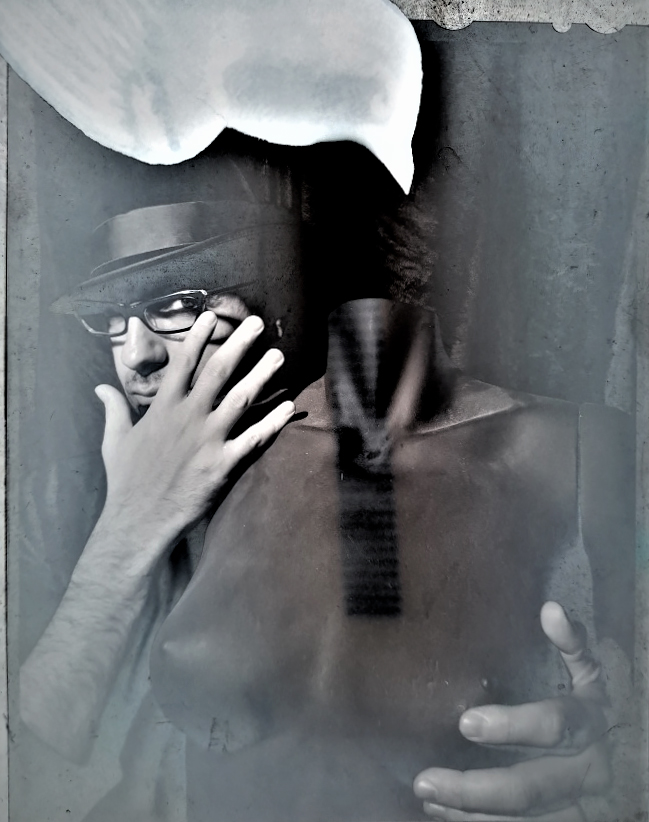SANGES is an imaginative and innovative photographer who has exhibited worldwide and published extensively. Clients and art projects include: Agent Provocateur, Cutler & Gross, Vogue, National Opera Munich,Dolce & Gabbana
National Opera Stuttgart, Dario Argento, Stash Klossowski de Rola and Gunther Von Hagens' Body World.
Academy of Art New York.
Magazines include:
Sunday Telegraph, Silver Shotz, Photo, All About Photos, Musee, Katalog, Lomography, Normal, Elle, Esquire, The Times, Independent, Fault , Aesthetica , Shoot, Harpers Bazar, L’œil De la Photographie. Wonderland
Some of his short films include : Sugar, Meet me in Winter, Circumstances, Music Sound Machine, Sonnambula, Wunderkamera.
His books include : Circumstances, Venus, Wild, and Erotic Photography, Love Lust Desire, Dolce & Gabbana Animal, National Opera Munich, The Cutting Room. Mefistofele Opera Stuttgart by Arrigo Boito.
A multi-disciplinary artist, his film 'Circumstances' won Best Art Film at the Portobello Film Festival in London and Best Experimental Film at the Open Cinema Film Festival, St. Petersburg, Russia.
Sanges' work is exhibited in the Virginia Museum of Fine Arts permanent collection and at the Center for Creative Photography in Arizona - USA
His distinctive photographs have been shown at major contemporary photography festivals including Helsinki Photo Festival and Batumi PhotoDays in Georgia and the Lodz Photofestiwal in Poland.
One of his latest project 'Wunderkamera' has been exhibited at the Hospital Club in London and at the Chateau de Dampierre (France) and will be exhibited in the Gallerie de Buci in Paris February 2020.
